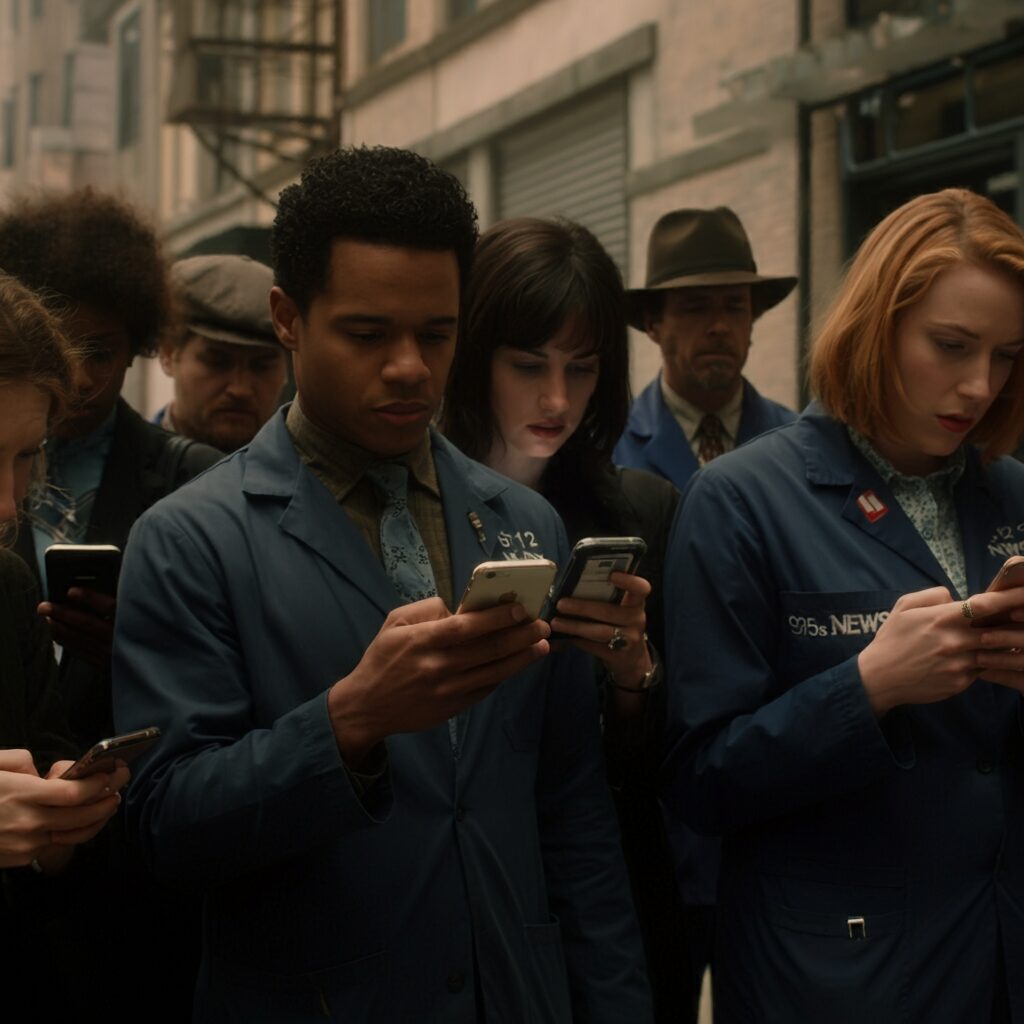
Step Back in Time: Experience Edo Through the Takanishi Family’s Legacy in Kawagoe
Imagine strolling through the charming streets of Kawagoe, a city known as “Little Edo,” feeling the echoes of a bygone era. Beyond the historic warehouses and bustling marketplaces, lies a unique experience connected to the legacy of the Takanishi family, offering a fascinating glimpse into the lives of Edo-period commoners and even the opportunity to become an Edo-period pedestrian, or even a samurai, for a day!
Published in the Japan National Tourism Organization’s multilingual explanatory text database, the entry referencing the Takanishi family hints at a deeply immersive and engaging attraction that deserves a deeper dive. Let’s unpack what makes this potential experience so captivating:
Unveiling the Takanishi Family’s “Good News” and the World of Edo Tsutsumugi
While the specific “good news” mentioned in the entry remains somewhat mysterious, the Takanishi family’s story likely intertwines with the local Edo tsutsumugi textile tradition. Tsutsumugi refers to a type of thick, durable cotton fabric, traditionally used for everyday clothing. The fact that the Takanishi family is linked to this textile suggests their involvement in its production, trade, or even its historical significance in Kawagoe.
Here’s why this is exciting for travelers:
- Cultural Immersion: Learning about tsutsumugi allows you to connect with the daily lives of ordinary Edo-period people. Imagine the clothes they wore, the work they did, and the challenges they faced.
- Craftsmanship Appreciation: You can explore the artistry and techniques behind tsutsumugi, learning about the natural dyes, weaving processes, and the importance of this craft in the local economy.
- Local Connection: The Takanishi family’s story grounds you in the specific history of Kawagoe, making your visit more meaningful than just sightseeing.
From Pedestrian to Samurai: “You Can Become a Footpath Depending on Your Money”
This intriguing phrase suggests an interactive element of the experience. It implies that for a price, visitors can don traditional Edo-period attire and walk the streets of Kawagoe, experiencing life as a commoner, or even an ashigaru, a foot soldier.
Imagine this:
- Dress the Part: Imagine being dressed in authentic tsutsumugi clothing, experiencing the texture and weight of the fabric firsthand.
- Explore the Streets: As you walk through Kawagoe, you’ll feel like you’ve stepped back in time, observing the architecture, the sounds, and the pace of life from a different perspective.
- Photo Opportunities: This is a fantastic chance for unique and memorable photos, capturing the essence of Edo-period Kawagoe.
The “Ashigaru Outfit is the Peach-gumi” – Exploring the Role of the Foot Soldier
The reference to the “peach-gumi” (peach group) provides another layer of intrigue. During the Edo period, various groups of ashigaru (foot soldiers) existed, each potentially having its own unique uniform and affiliations. The peach-gumi likely represents a specific group within this system.
Why this is compelling:
- Historical Context: Understanding the role of ashigaru sheds light on the social hierarchy and military structure of the Edo period.
- A Touch of Adventure: Dressing as an ashigaru adds a sense of adventure to your exploration, allowing you to embody a historical figure and connect with the samurai spirit.
- Learning Through Experience: By researching the peach-gumi and the role of ashigaru, you can deepen your understanding of Japanese history and culture in a hands-on way.
Kawagoe: A Must-Visit Destination
Even without the Takanishi family experience, Kawagoe offers plenty to attract visitors:
- Kurazukuri Street: This iconic street is lined with well-preserved clay-walled warehouses, creating a picturesque and evocative atmosphere.
- Toki no Kane (Time Bell Tower): This historic clock tower chimes four times a day, reminding visitors of the city’s rich history.
- Kita-in Temple: This temple boasts stunning architecture and tranquil gardens, offering a peaceful escape from the city’s bustle.
- Sweet Potato Delights: Kawagoe is famous for its sweet potatoes, offering a wide variety of delicious treats and souvenirs.
Planning Your Trip
To fully experience the Takanishi family’s legacy and its associated attractions:
- Research: Further investigation is needed to understand the specifics of the experience – where it’s located, what it entails, and how to book it. Local tourist information centers in Kawagoe are excellent resources.
- Accommodation: Consider staying in a traditional ryokan (Japanese inn) to enhance your immersion in the Edo atmosphere.
- Timing: Kawagoe is beautiful year-round, but consider visiting during local festivals or events for an even more vibrant experience.
Conclusion
The Takanishi family’s connection to tsutsumugi and the opportunity to step into the shoes of an Edo-period pedestrian or ashigaru offer a unique and engaging way to experience the history and culture of Kawagoe. By embracing this immersive opportunity, you can create memories that will last a lifetime and gain a deeper appreciation for the rich tapestry of Japanese history. So, pack your bags and prepare to journey back in time to the captivating world of “Little Edo”!
Step Back in Time: Experience Edo Through the Takanishi Family’s Legacy in Kawagoe
The AI has delivered the news.
The following question was used to generate the response from Google Gemini:
At 2025-04-24 11:05, ‘Takanishi family’s good news is from the entrance/Edo Tsutsumugi/You can become a footpath depending on your money/Ashigaru outfit is the peach-gumi’ was published according to 観光庁多言語解説文データベース. Please write a detailed article with related information in an easy-to-understand manner, making readers want to travel.
128